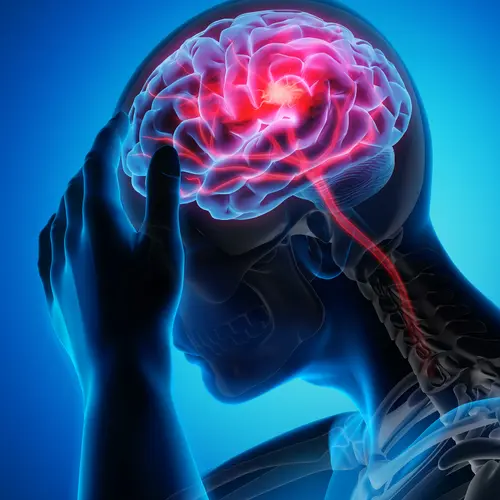Hemiparesis is a common after-effect of stroke that causes weakness on one side of the body. This one-sided weakness can limit your movement and affect all basic activities, such as dressing, eating, and walking.
People often confuse hemiparesis and hemiplegia. Both conditions occur as the result of a stroke. In cases of hemiplegia, you will experience one-sided paralysis, which could make it difficult or impossible to move. Hemiplegia may lead to bladder control, trouble swallowing, breathing, and speaking.
What Causes Hemiparesis?
During a stroke, certain parts of your brain do not get enough oxygen, causing the cells to die. If these parts are associated with body strength and movement, damaging them can cause hemiparesis.
What Are the Symptoms of Hemiparesis?
The side of the body weakened by hemiparesis could be ipsilateral (the same side as the brain injury) or contralateral (opposite the side of the brain injury).
If you have a stroke on the right side of your brain, then, the one-sided weakness could be on the right or left side of your body.
Common hemiparesis symptoms include trouble maintaining balance, standing, or even walking. You may also experience a tingling or numbing sensation on your weak side.
In some cases, a person with hemiparesis may also have difficulty grabbing things or moving with precision. This can be combined with a lack of coordination and muscle fatigue.
What Is the Treatment for Hemiparesis?
Hemiparesis treatment may include medical and nonmedical techniques:
- Electrical stimulation. As part of this method, small electrical pads are placed on the weak muscles of the side that has hemiparesis. An electrical charge is sent to the body that helps the muscles contract. Some of these machines can be used at home once you learn how to use them.
- Cortical stimulation. This is a bit similar to electrical stimulation, except that the electric current is sent to the tough membrane covering the brain (called the dura). While your brain is subjected to this current, you have to do rehabilitation exercises.
- mCIT. Modified, constraint-induced therapy is a treatment method that forces you into using the weak side of the body. With regular practice, nerve function may improve in the region. mCIT works well when used with other therapies.
With one side of your body weaker than the other, falls become more likely. You can prevent falls and injuries by making the following lifestyle changes:
- Be more active and try to use the affected side as much as possible. Make sure to consult with your doctor before doing any activity that you do not usually do.
- Wear wide-toed shoes that fall flat on the floor. They will reduce risk of tripping and help maintain balance.
- Don't use the furniture around your house to walk. Instead, use an assistive device like a cane or walker that is prescribed by your doctor.
- Be attentive when walking. Focus on your steps.
Additionally, if you are using any medications for heart disease that may make you feel drowsy, be careful when walking after taking them. Talk to your doctor if the effects are too strong for you to handle.

